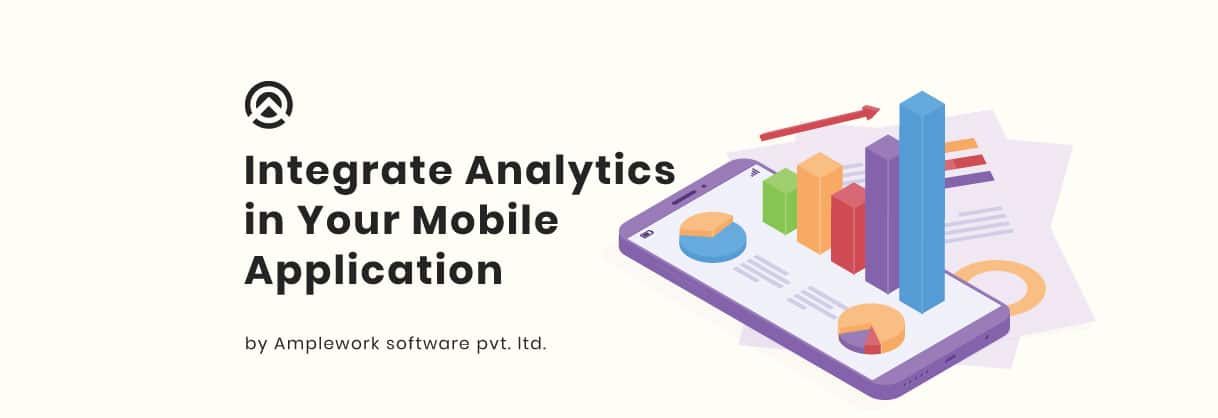With more than 2.8 million apps in the Google Play Store and 2.2 million in Apple App Store, the numbers of mobile apps are continuously surging. There is a huge competition among the apps to compel users for downloading, installing, and using their app. It has been predicted that by 2022 the number of mobile app downloads will reach nearly 258 billion, which is both an opportunity and a huge challenge for the app owners.
Hence, it becomes vital for the app owner to take a measured reliable decision for gaining more and more users on their app. The high retention rate is essential for a good business through the mobile application. You would be surprised to know that one in four users abandon a mobile application after a single-use. You can improve the customer retention rate on your mobile application while mobile app analytics during mobile app development.
What is Mobile App Analytics?
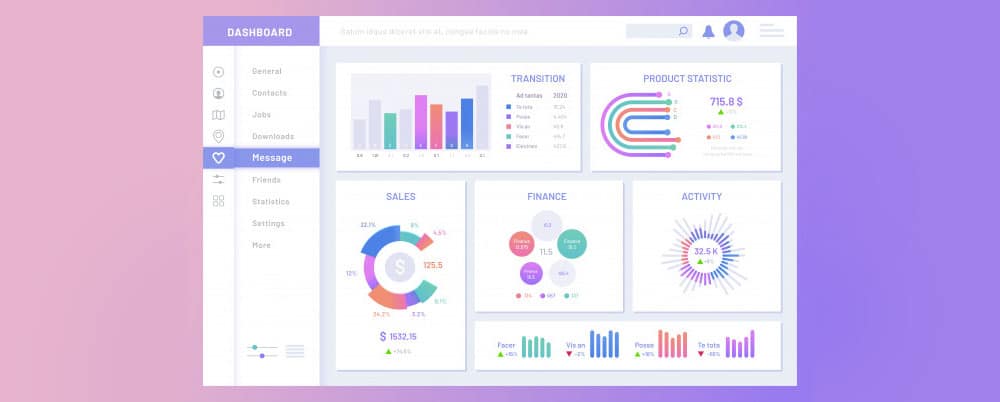
The purpose of mobile app analytics is to measure and analyze the users’ data. It helps to create an understanding of user behavior on your mobile application. It measures the interaction of users with the app. And app metrics such as a number of installs, launches, taps, screens, app versions, etc. Mobile App Analytics counts how many users have used the app, from which region, from which devices, and versions. It can also check whether they come to the app through a marketing campaign or an in-store search.
What is tracked through mobile app analytics?
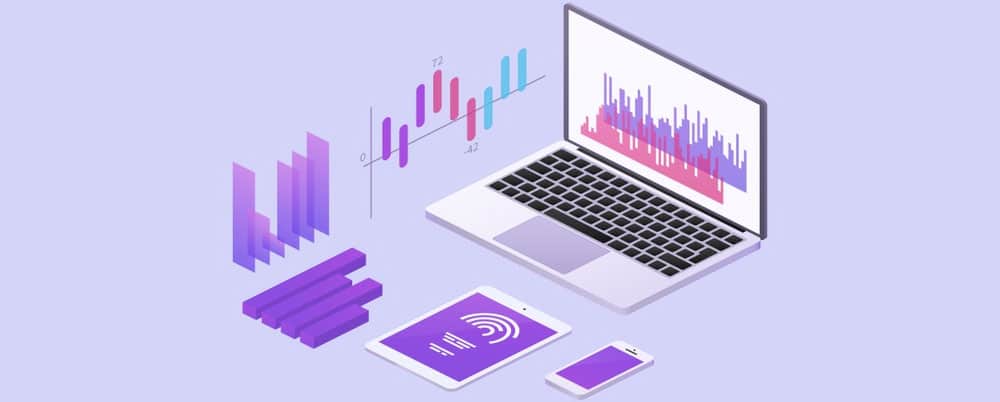
Most of the mobile analytic tools perform the same analysis along with complex tools for better insights.
- Goal Competition
- Acquisition attribution
- User retention flows, and loyalty
- Custom events
- In-app purchases
- Views, screens, and time spent
- Number of crashes or problems
- Sessions
- New, unique, and returning users
- Countries and Devices
In short, there are two main purposes of mobile analytic tools:
Improving conversions and make more accurate business decisions:
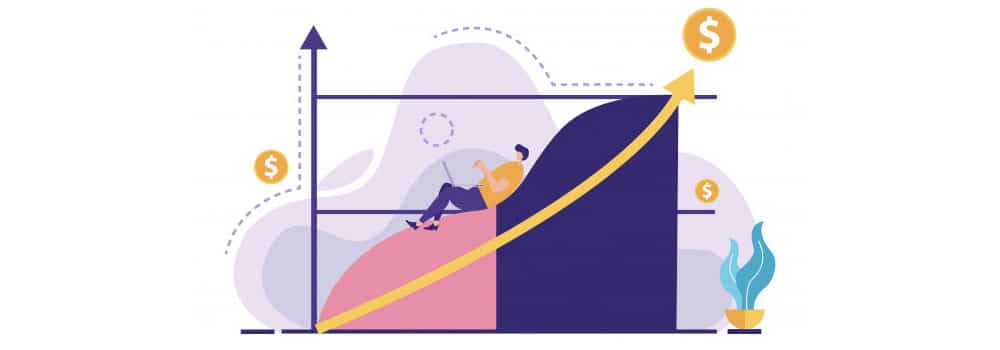
App analytics helps you determine who your real users are. It tells you how they engage with your app, and what problems they are facing. It can identify what in your app makes most conversions. And also reveal stages where conversion drops (think of e-commerce apps).
Improving user experience and customer satisfaction:

Poor user experience on your mobile can result in a negative brand reputation. A user immediately turns to the next mobile app option after encountering a bad user experience. Mobile app tracking helps in improving the user experience. It discovers most usable features, along with the underused ones. Thus, you can check if your app lacking any significant feature or any feature baffles them.
After knowing the importance of the mobile analytic tools, you must be wondering which analytic tool you can include in your mobile application development process. So, we have jotted the best analytic tools you can adopt for your mobile application development.
Firebase
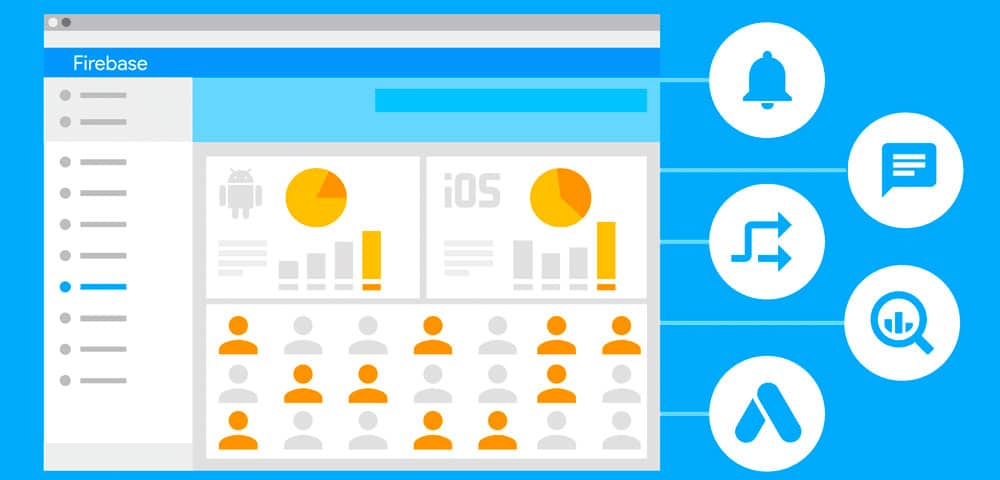
Powered by the search engine giant Google, Firebase is a mobile development platform with features of behavioral data tracking. It can track events such as user actions, system events, errors, and properties like attributes for defining user segments, like language preference or geolocation.
Mixpanel
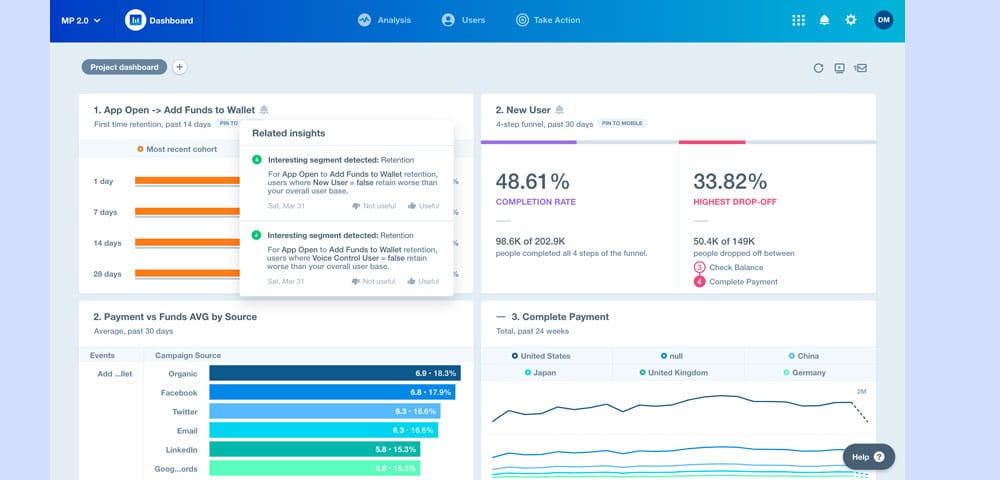
Mixpanel is no less than Google Analytics. It comes with robust, user-centered tracking that connects company CRMs to the online behaviors of real people. You can send targeted messages to them, at a group or individual level. Mixpanel’s event-based tracking is fundamentally different than the Google Analytics pageview model.
Google Analytics
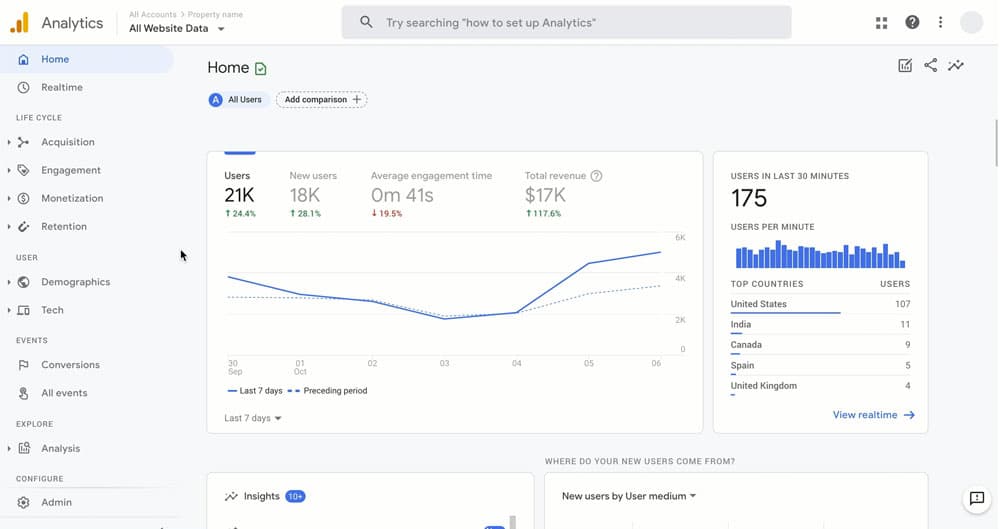
Google Analytics is a free analytics service offered by Google. It gives you insights into how users find and use your application. With Google Analytics, you can track return on investment (“ROI”) for your online marketing.
Smart Look:
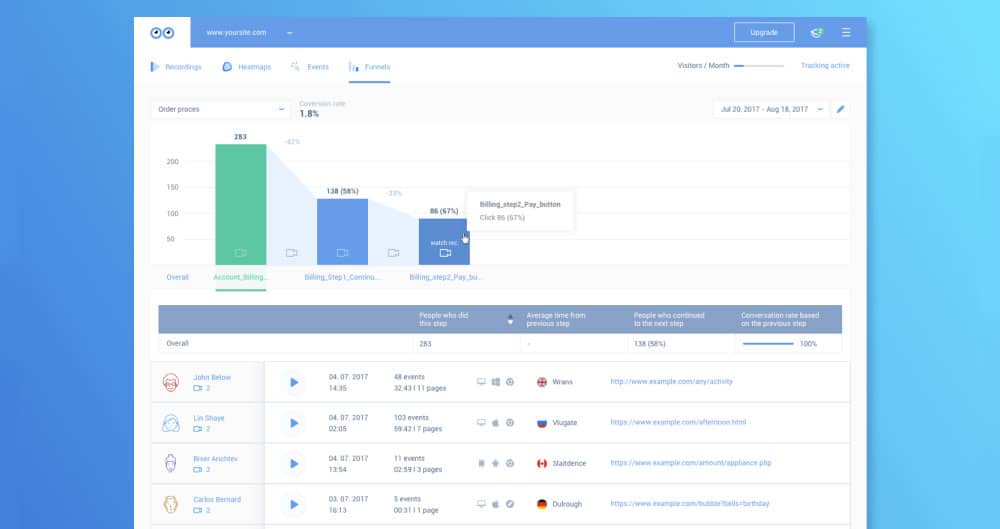
Smartlook is a conversion rate optimization software that specializes in delivering qualitative analytics. Features such as event tracking and sessions recording show you the activity of your site behaviors. These insights help you understand the online behavior of your customers on your website and also mobile app.
Read more: Flutter Vs. Kotlin: Who will rule the cross-platform market?
Regardless of the tool you are using for mobile analytics, it is essential that they should have the following features:
1. Filters:
You should be able to filters the result to come up with any conclusion. The filters can determine whether the platform was iOS or Android. You can also refine dates such as “last week, last 30 days, or even a specific date”. You can filter user property as well like age, gender, device, app version, etc.
2. Downloads:
It tells you the number of downloads of your app. By checking the number of downloads you can clearly analyze your marketing efforts effectiveness such as:
- Are you targeting the right audience?
- Is your marketing attractive enough on both App Store and Google Play listings?
Few downloads or lack thereof might indicate that your marketing needs more work.
3. Active users:
This feature will tell you how many users are actually using your app. You should know what does an active user means to you. Its definition can change as per the tools. For Google Analytics, an active user is who starts a session.
4. Average visit time and screen views:
The average visit time will tell you the time duration, user spent on your app. The screen number tells you about the screens they have interacted with. These metrics are good indicators of your user engagement.
5. Conversion:
Conversion is the most essential part of a mobile app. You can check how many steps your users take before they convert. If you offer in-app payments, you must define the conversion steps to create a sales funnel within your app.
6. Revenue:
The revenue of the app generates from the total sales. You can identify what are the most profitable resources, and also what are incurring losses.
7. Adoption and acquisition:
It will tell you how many bucks you had spent on acquiring new users. The costing can be of advertising, PR, customer support, etc.
8. Retention:
Customer retention gives you the user percentage who returns to your app after their first visit. You should check your retention rates carefully to know why the users are not returning to your apps.
9. Churn:
Check how many users have stopped using your app. It is really painful to see your loyal customers leaving you. As per a report, 57% of users churn within their first month.
10. Cohort Analysis:
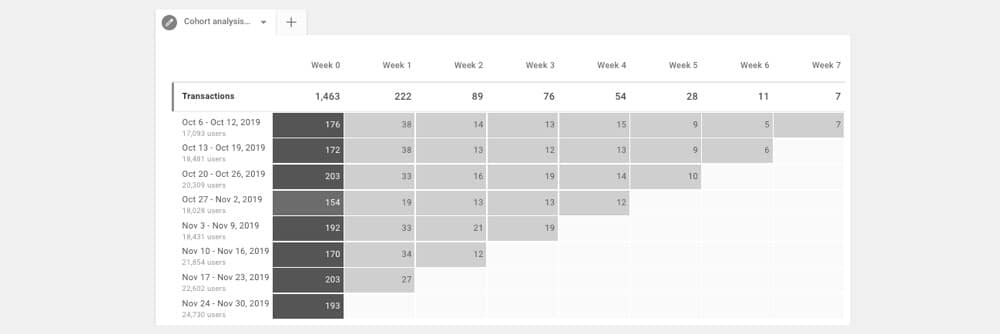
Last but not least, cohort analysis helps you spot different behavioral patterns. It tells you how well your app performs among different user groups, also known as “cohorts”.
Implement analytics during mobile application development helps you in more customer retention and improving sales decisions. At Amplework, with the best mobile app developers, you can implement new features and functionalities in your app. Share us your requirements and we will come up with the best.
